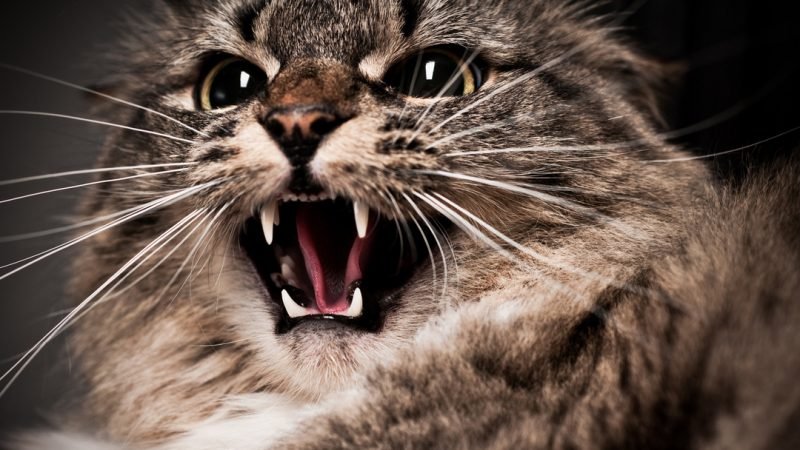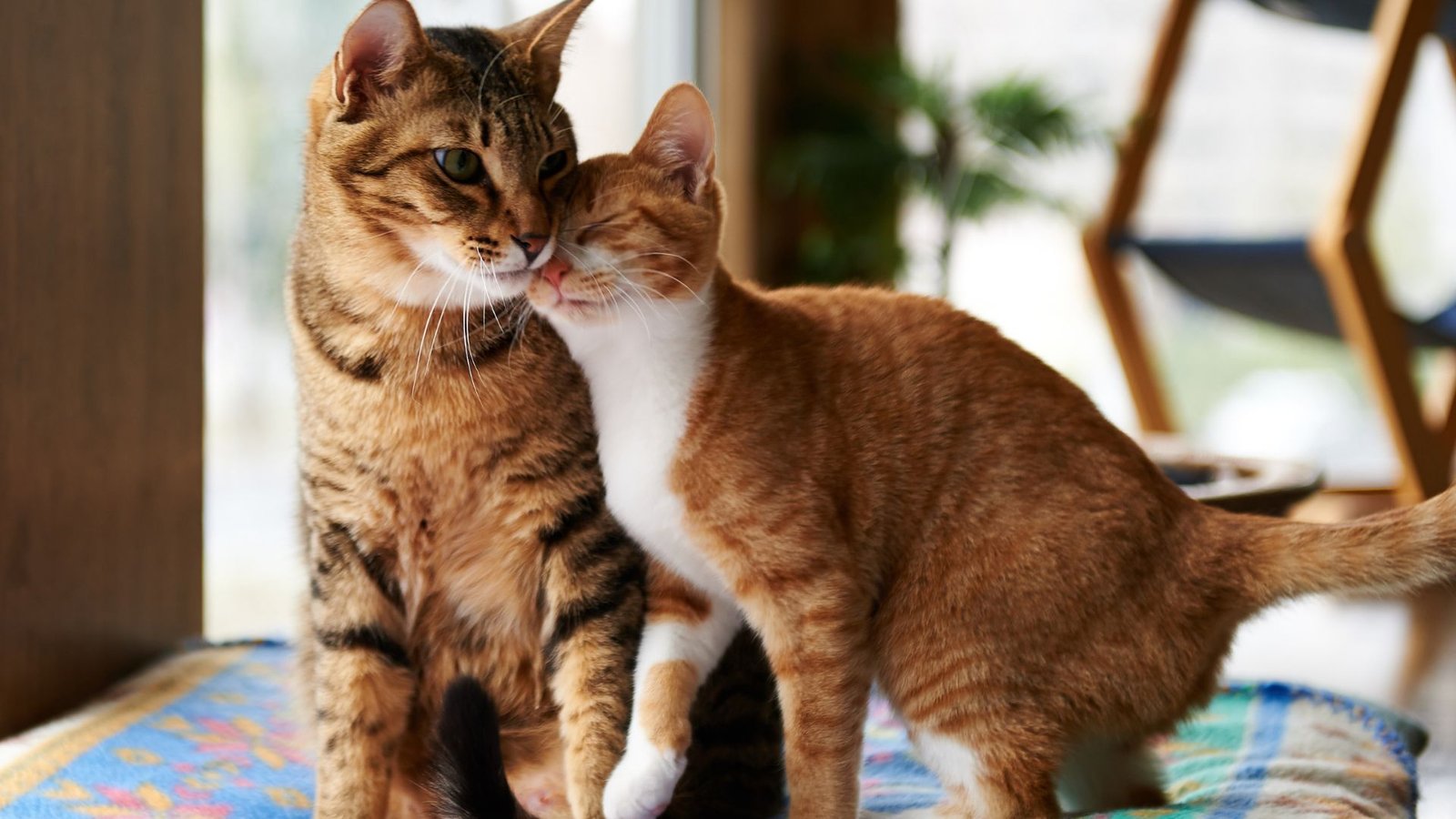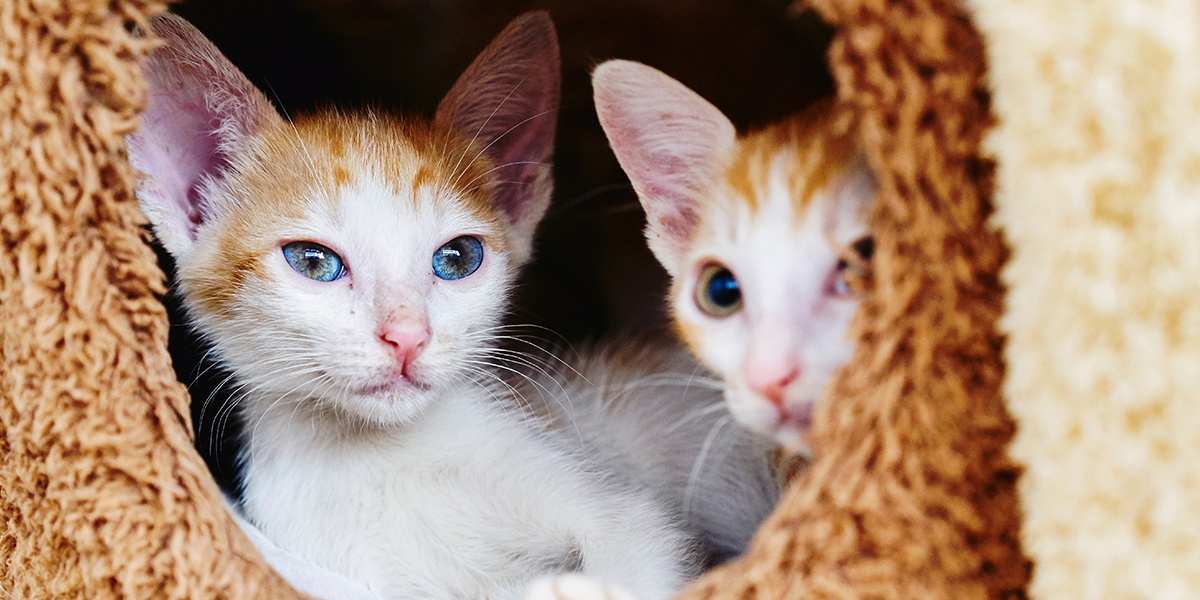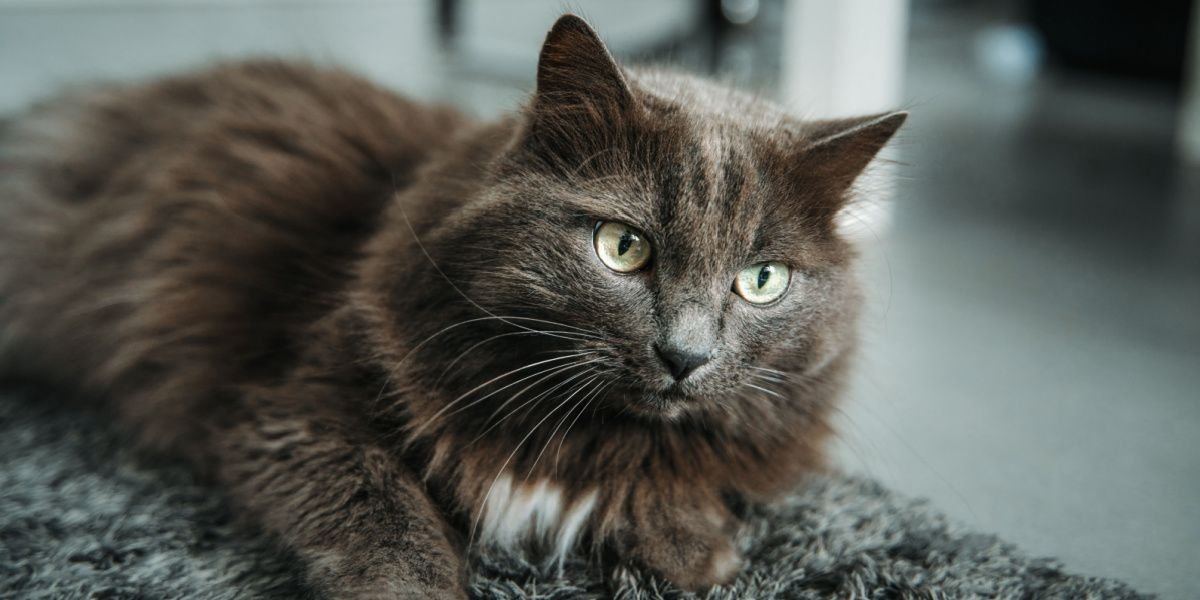Male cats are known for their unique personalities, but aggression can sometimes emerge, creating challenges for cat owners. Understanding the causes of male cat aggression and implementing effective solutions can restore harmony to your home and ensure your cat’s well-being.
Common Causes of Male Cat Aggression
- Territorial Behavior
Male cats, especially unneutered ones, are naturally territorial. They may display aggression to defend their perceived domain from other cats or animals. - Hormonal Influence
Unneutered males often exhibit heightened aggression due to testosterone, leading to territorial disputes and conflicts with other cats. - Fear or Anxiety
Stressful situations, such as unfamiliar environments, loud noises, or the presence of new pets, can cause a male cat to act aggressively out of fear. - Overstimulation
Petting-induced aggression occurs when a cat becomes overstimulated from too much physical contact, leading to biting or swiping. - Redirected Aggression
When a male cat sees something frustrating (like another cat outside the window) but cannot act on it, he may redirect his aggression toward a nearby person or pet. - Pain or Medical Issues
Underlying health problems such as dental pain, arthritis, or urinary tract infections can cause irritability and aggressive behavior. - Social Conflict
In multi-cat households, social hierarchy disputes can trigger aggression, particularly among unneutered males.
Solutions for Managing Male Cat Aggression
1. Neuter Your Male Cat
- Why It Helps: Neutering significantly reduces testosterone levels, curbing aggressive behaviors linked to mating instincts and territoriality.
- When to Neuter: Ideally, neuter before your cat reaches sexual maturity (around six months of age).
2. Provide a Resource-Rich Environment
- Offer multiple litter boxes, feeding stations, and water bowls to minimize competition.
- Create vertical spaces like cat trees and shelves to expand territory.
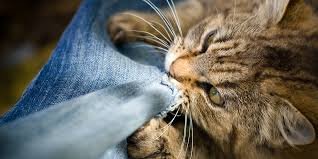
3. Address Fear and Anxiety
- Use calming products such as pheromone diffusers, sprays, or calming collars.
- Gradually introduce new pets or changes in the home to avoid overwhelming your cat.
4. Redirect Aggressive Energy
- Distract your cat with toys or activities when you notice aggressive triggers.
- Avoid physical punishment, as it may escalate aggression.
5. Manage Overstimulation
- Pay attention to your cat’s body language, and stop petting when you notice signs of discomfort (e.g., tail flicking, ears flattening).
- Keep petting sessions short and allow your cat to initiate interactions.
6. Address Health Issues
- Schedule a vet visit to rule out medical conditions causing aggression.
- Follow any prescribed treatment plans for underlying health problems.
7. Use Positive Reinforcement
- Reward calm and non-aggressive behavior with treats or praise.
- Train your cat to associate good behavior with positive outcomes.
8. Separate Aggressive Cats
- In cases of inter-cat aggression, keep cats in separate areas until they can be reintroduced gradually.
- Use scent-swapping techniques to help them adjust to each other.
Preventing Aggression in Male Cats
- Socialize Early
Expose kittens to various people, pets, and environments to foster confidence and reduce fear-based aggression. - Provide Mental and Physical Stimulation
- Interactive toys and puzzle feeders help channel your cat’s energy constructively.
- Daily playtime mimics hunting behavior and reduces boredom-induced aggression.
- Create Safe Spaces
Allow your cat to retreat to a quiet area when feeling stressed or overwhelmed. - Monitor Triggers
Identify and manage specific triggers that provoke aggression, such as territorial disputes or loud noises.
When to Seek Professional Help
If your male cat’s aggression persists despite your efforts, consider consulting:
- A veterinarian to rule out medical issues.
- A certified feline behaviorist for tailored behavior modification strategies.
Conclusion
Male cat aggression can stem from various causes, ranging from hormonal influences to environmental stressors. By understanding the root of the behavior and implementing proactive solutions, you can foster a calm and happy environment for your feline companion. Whether through neutering, providing enrichment, or addressing health concerns, there are effective ways to manage aggression and strengthen the bond with your cat.

